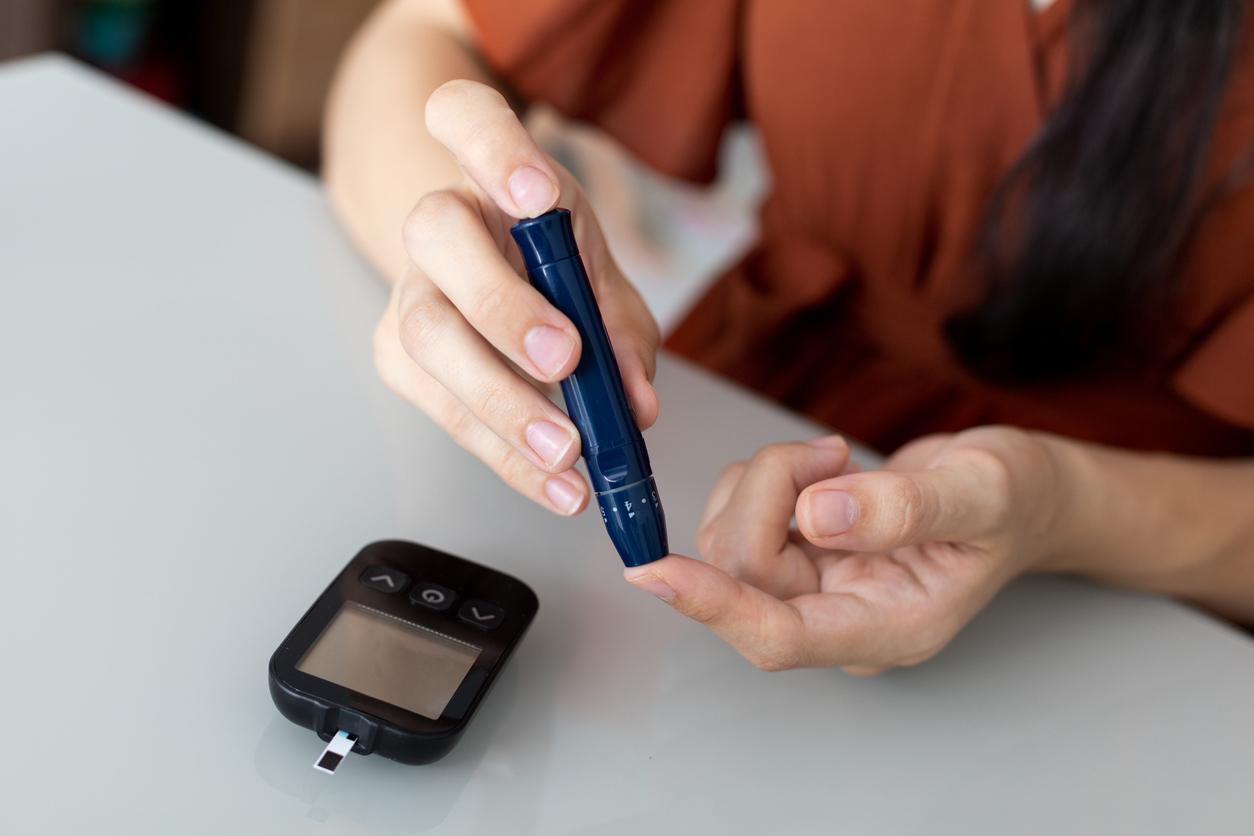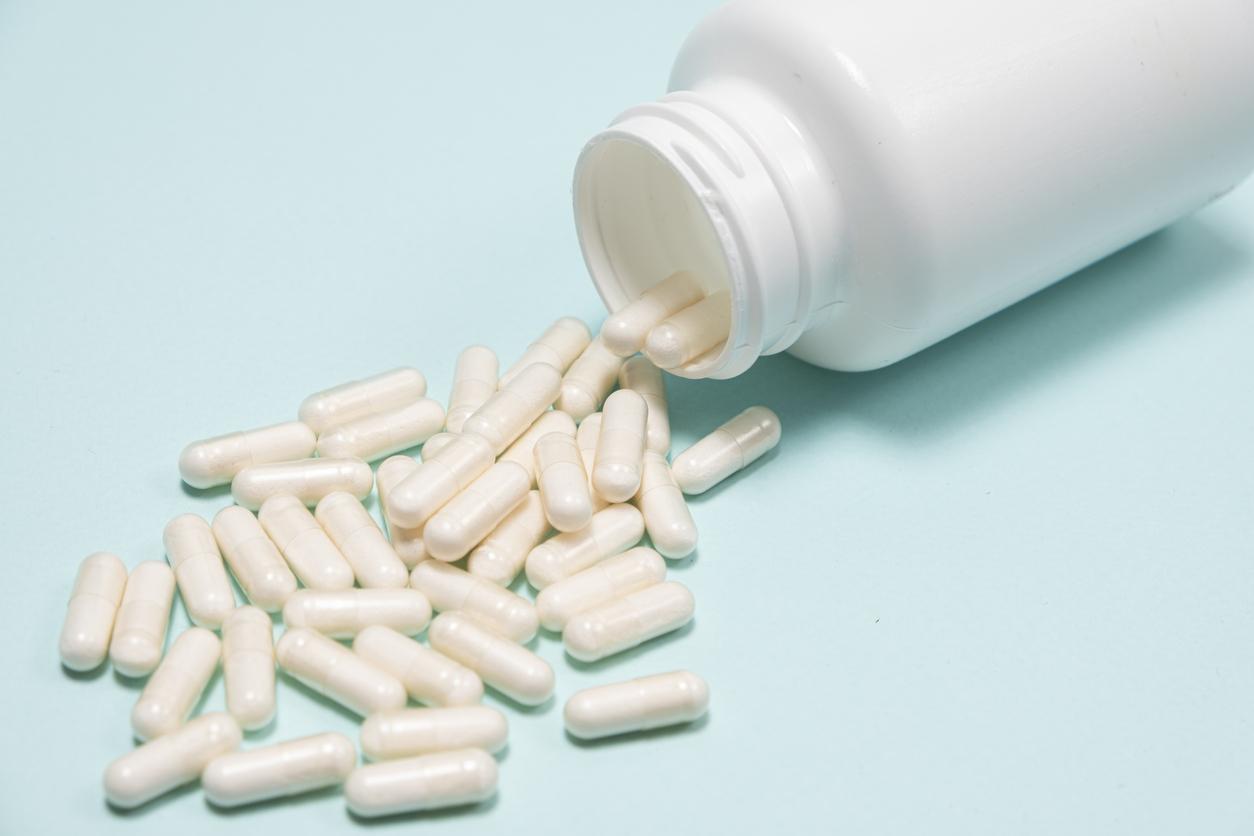We already knew that white rice is a “false slimming friend” which causes cravings rather than satiating. We now know that consuming white rice increases the risk of Type 2 diabetes.
To arrive at this conclusion, which has just been published in the British medical journal, Harvard doctors have carried out large-scale work, drawing on several studies carried out in the United States but also in China, Australia and Japan. More than 352,000 people were followed over periods ranging from 4 to 22 years to assess their food intake and the occurrence of diabetes.
25% increased risk of diabetes
According to the findings of this study, consumers of white rice have, on average, 25% more risk of seeing develop type 2 diabetes. But this average hides a real gap between the increased risk incurred by large consumers of rice, especially in Asian countries, where rice is present at all meals, and that incurred by consumers in Western countries who consume rice. two to three times a week. The first have 55% more risk of being diabetic and the second only 12% more risk.
These results are disputed by other specialists who believe that white rice alone cannot cause diabetes. And that other elements (rich diet, sedentary lifestyle) must also be considered as responsible for the occurrence of type 2 diabetes.
No question, for the moment, to ban rice from your diet. But with white rice, which has been husked and polished and which, in the process, has lost some of its trace elements and almost all of its fibers, better to prefer brown rice. It is indeed richer in magnesium, zinc, iron and fibers, which play an important role in the prevention of cardiovascular diseases.
















